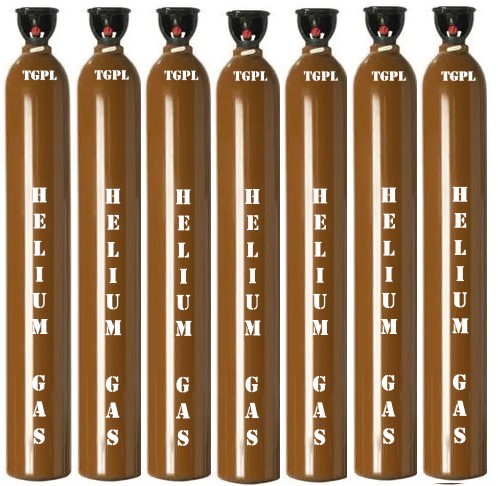 Although helium (He) is the universe’s second most abundant element, after hydrogen, it is extremely rare on earth and also finite. In the earth’s atmosphere, the concentration of helium by volume is only 0.0005%, so it cannot be obtained in significant quantities through air separation. Yet helium can reach concentrations of up to 7 percent in natural gas and can be extracted during gas processing at concentrations of 0.2% and above.
Although helium (He) is the universe’s second most abundant element, after hydrogen, it is extremely rare on earth and also finite. In the earth’s atmosphere, the concentration of helium by volume is only 0.0005%, so it cannot be obtained in significant quantities through air separation. Yet helium can reach concentrations of up to 7 percent in natural gas and can be extracted during gas processing at concentrations of 0.2% and above.
• Industries Usage and Applications
‣ Aerospace & Aircraft
From manufacturing to flight, helium is widely utilized throughout the aerospace and aircraft industry. In space flight operations, helium is used to purge hydrogen systems and works as a pressurizing agent for ground and flight fluid systems. It is also a source of lift in weather and other surveillance balloons.
‣ Automotive & Transportation Equipment
Helium is used to test critical automotive parts such as radiator heat exchangers, air conditioning components, fuel tanks and torque converters to ensure they meet quality specifications. It is also used in combination with argon as a source of inflation in a growing number of airbags.
‣ Diving
In combination with oxygen, helium is used in diving to help eliminate nitrogen narcosis, reduce breathing resistance at depth, and shorten decompression stops. Known as heliox, the mixture allows divers to reach greater depths for longer periods of time. The deeper the dive, the higher the concentration of helium, allowing divers to explore more and weld longer.
‣ Electronics
Helium plays a significant role in the manufacturing of semiconductors, LCD panels, and fiber optic wire. It cools parts and components quickly to enhance throughput, controls the rate of heat transfer to improve productivity and reduce defects, and functions as a carrier gas in the production process.
‣ Healthcare
Helium is used to achieve cryogenic temperatures of -451 degrees required for superconducting magnets in MRIs and NMRs, allowing the capture of high-resolution images of internal organs and tissues.
‣ Welding & Metal Fabrication
Helium’s inert properties at arc temperatures make it an ideal gas for welding materials with high heat conductivity such as aluminum, stainless steel, copper and magnesium alloys. Helium is also used in heat treating processes such as gas quenching and in furnace atmospheres to produce parts with higher tolerance and improved quality.